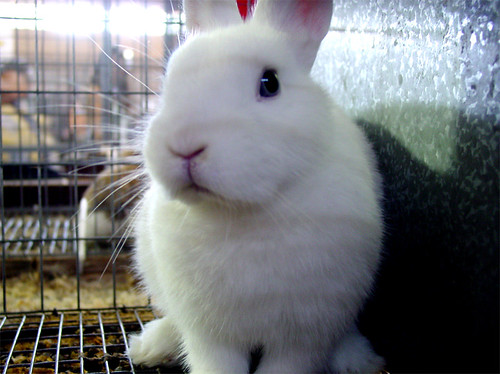In the last two months, we have seen multiple examples of alternatives to animal testing. This is only the tip of iceberg. Technology has opened a door of endless possibilities for research that we may see in the future. Some examples:
- in vitro
- computerized patients/models/simulations
- stem cell/genetic testing methods
- microdosing humans
- non-invasive imaging techniques
This controversial issue is extremely relevant to those entering the healthcare field. It is important to stay informed on the pros and cons of animal testing as well as the alternatives in order to take a stance on the subject. Recapitulating Chapter 1, the advantages of in vitro growth and computerized technology include: reliability, cost effectiveness, time efficient and cruelty free. The disadvantage of in vitro is that as of now, researchers cannot naturally observe a systemic reaction.
Animal testing happens more frequently than the average person believes. In the past we have seen numerous medical discoveries using animal subjects (in vivo). However, animal testing is not always accurate. The physiology is only slightly similar, not exact. An animal lives its life only knowing the walls of a cage and the occasional exposure to a laboratory setting. As you can imagine, this causes a lot of stress and might also affect results.

The literature mentioned in the previous chapters demonstrates how contemporary this topic is in our society. As seen in Chapter 3, CNN published an article regarding the debate. In Chapter 4, the study published in 2015 regarding a new method for testing toxins directly against human cells. This new method unintentionally eliminated the need for canine subjects.
In later chapters we see how animals are not only affected in laboratories. Chapter 5 talks about human interference with marine habitat. However there is hope for new alternatives, if the funding is provided.
There is always hope for change. Along with the advances in technology, animal rights activists have made it possible for science to move into this cruelty-free direction. Jacqueline Traide (see Ch. 7) , PETA and other organizations noted in the references have caused awareness to initiate legal changes. The public influences demand. These activists and artists have been the voice of animals.
“Never believe that a few caring people can’t change the world. For, indeed, that’s all who ever have” —Margaret Mead.

References:
https://www.flickr.com/photos/patrickm/32670937 (rabbit image)
http://www.brainyquote.com/quotes/quotes/m/margaretme101283.html#5XEHr8lal6s1Sbgp.99
scoopglobalnews.tumblr.com (cartoon image)
www.crueltyfreeinternational.org (cover image)
all other information references previous citations
I really enjoyed reading your posts in the past few weeks. They have opened my eyes to a new prespective on animal testing. I used to believe that we had no other choice to save lives, and of course, I did not know we are hurting animals this much. But now I know that we do have other choices, and there is no excuse to hurting other creatures just because we can. Very nice job Sam, and thank you for informing us on such an important subject.
LikeLike
Hello Sam,
Very interesting post! There must be alternatives to animal testings because after reading all of your previous blogs, I am a strong advocate for alternatives to animal testings. No one really knows the true extent on what goes on behind animal testing and it is very cruel! I think it will be more beneficial to everyone, including researchers and especially animals to be aware of what really goes on and what happens during animal testing. I feel that there needs to be more attention placed on a topic that can negatively affect our animals! I mean, they are a human just like how we are! Great post, Sam!
LikeLike
Very well done Sam! I love how you raised the awareness throughout your blogs about how many bad things we have done to animal for our selfish purposes. yet there are a lot of other alternative way to test production that humans create. what we need is awareness and guidenes towards this way that leads to less animal testing. you are one of those who lead us towards this way 🙂 Keep it up !
LikeLike